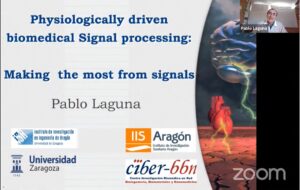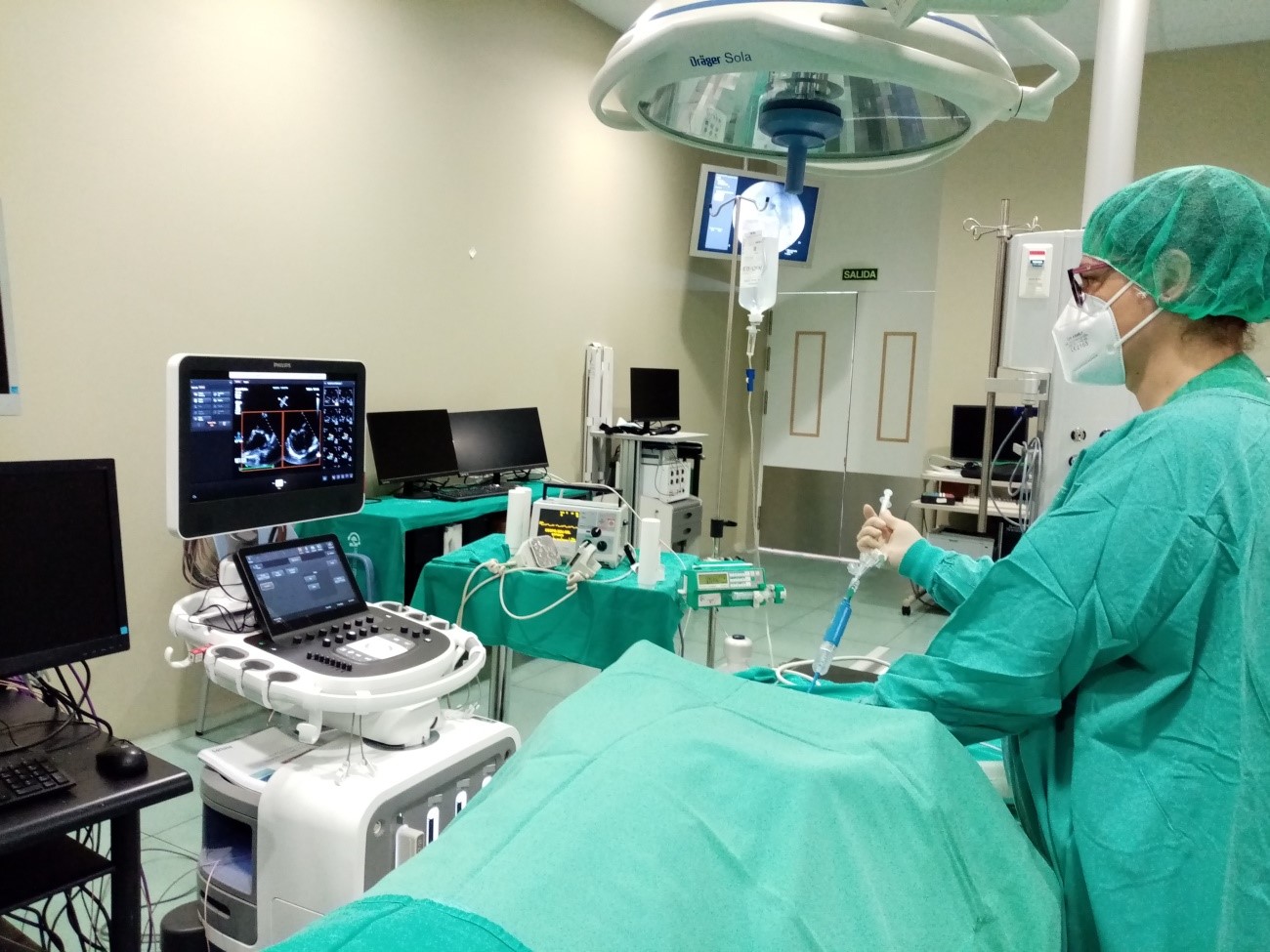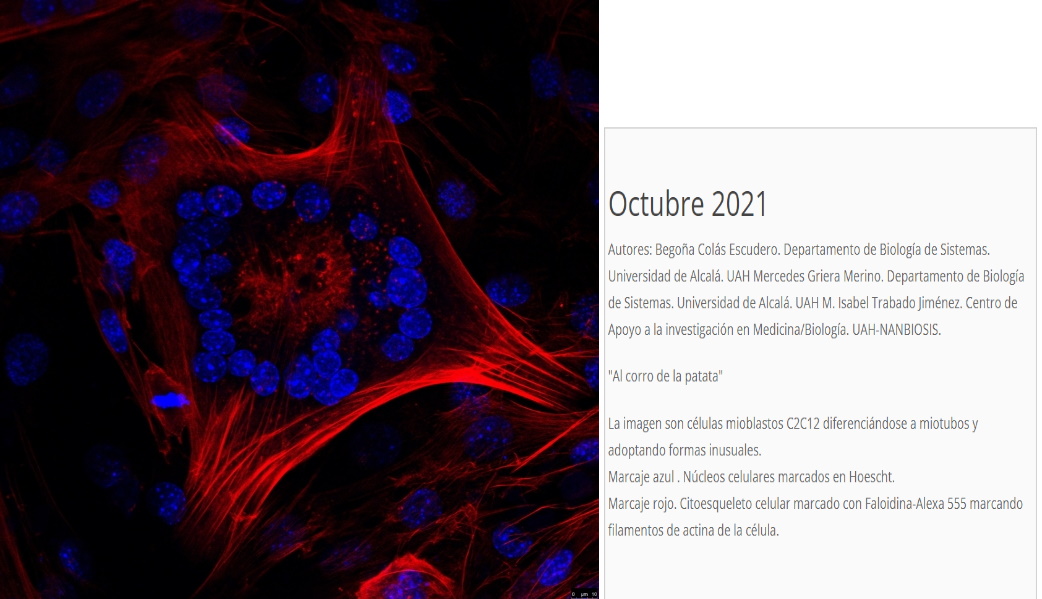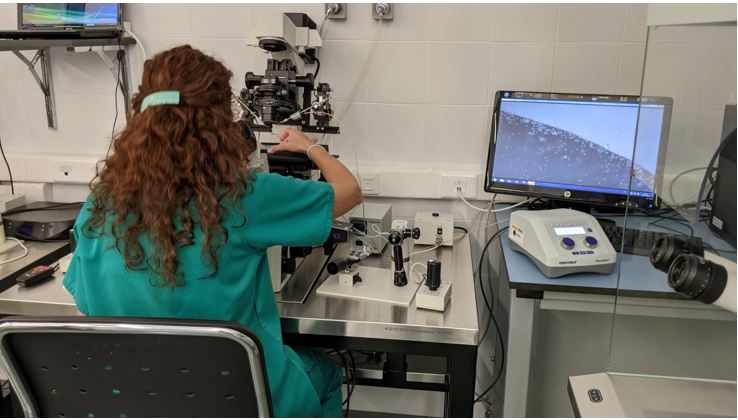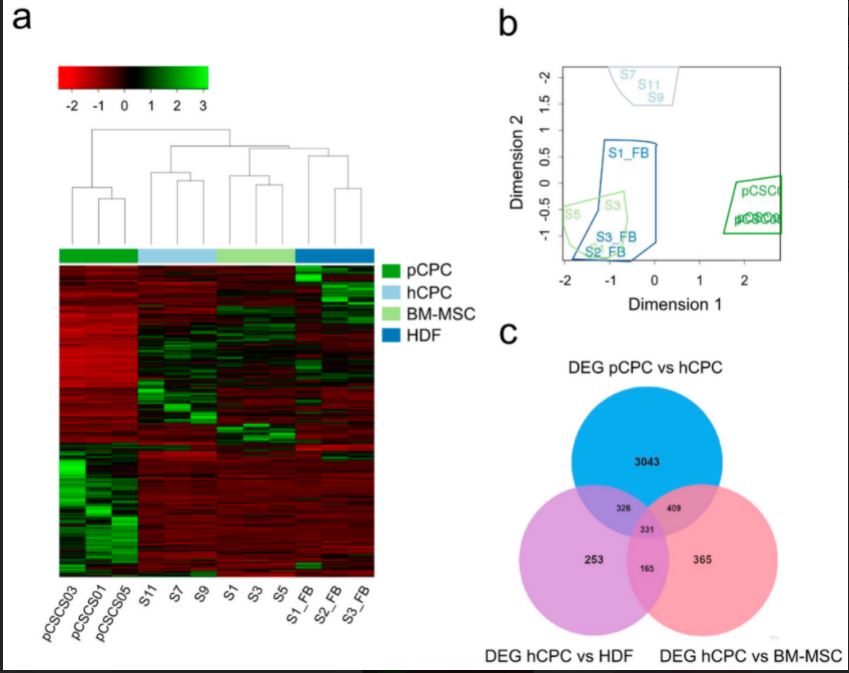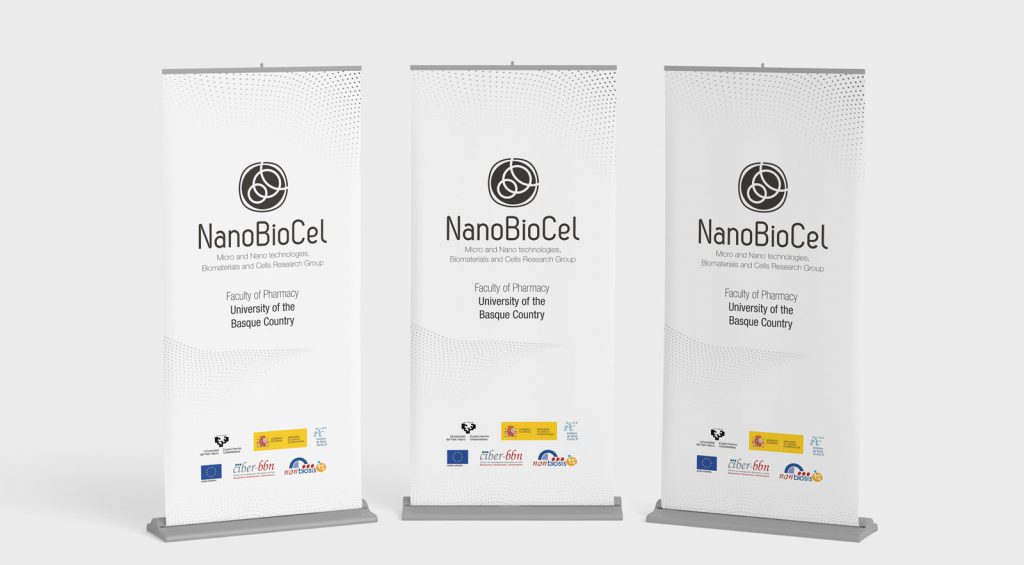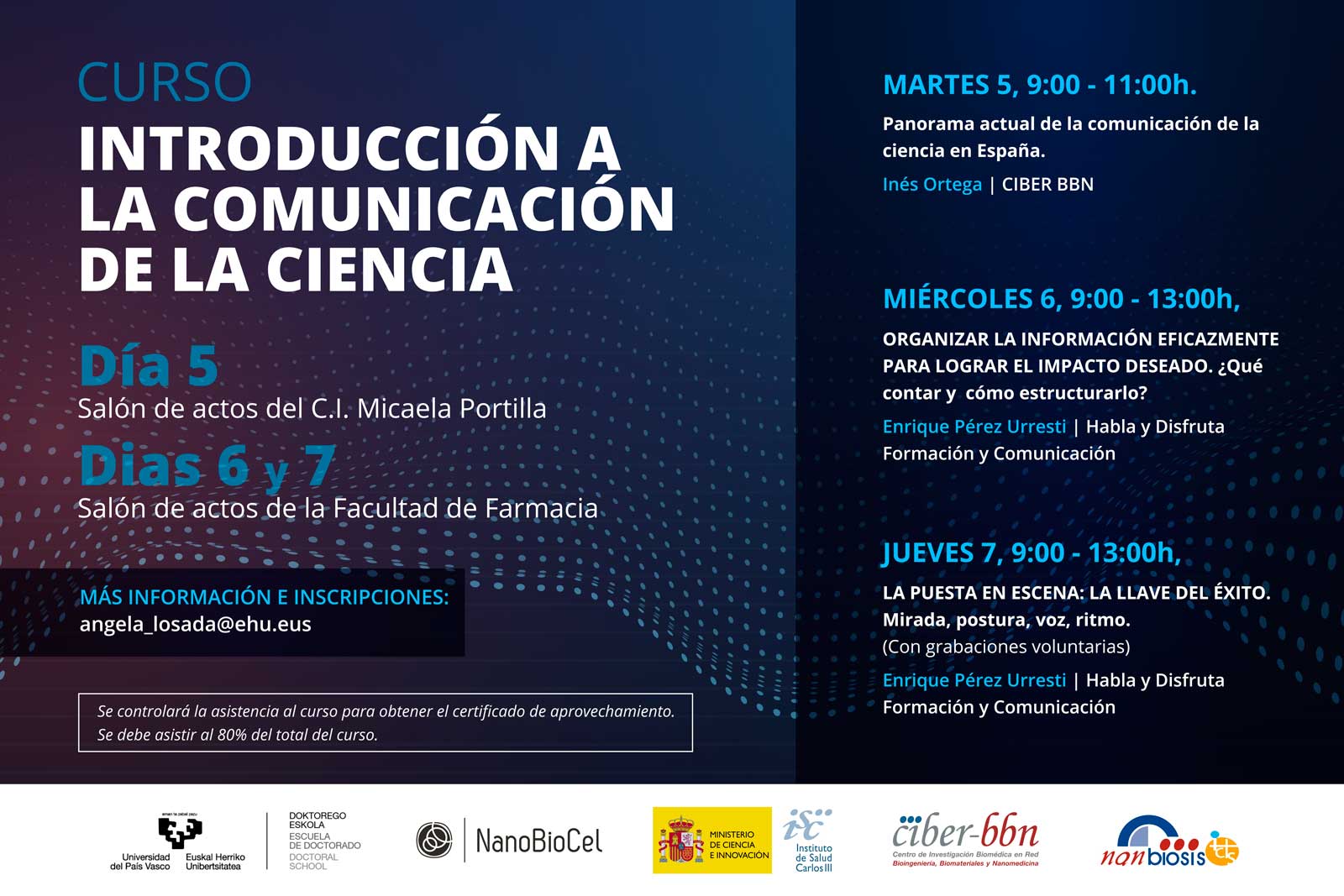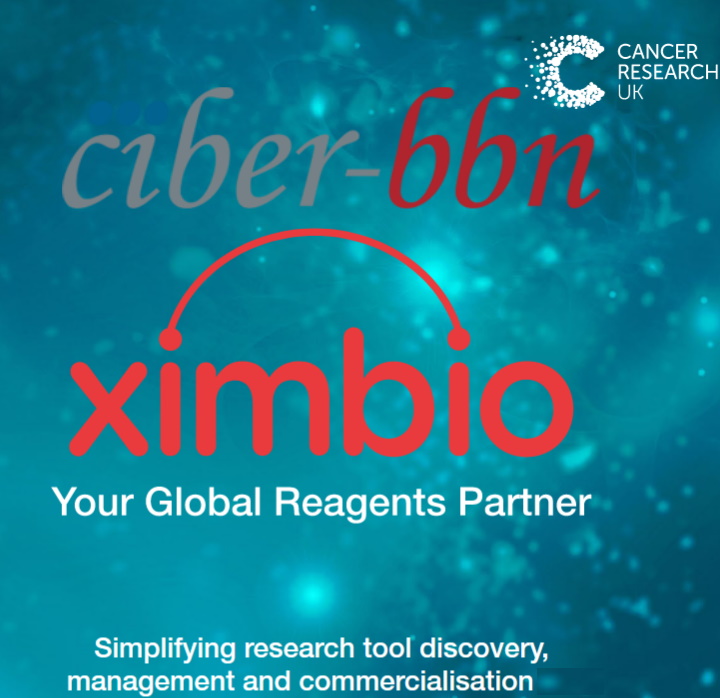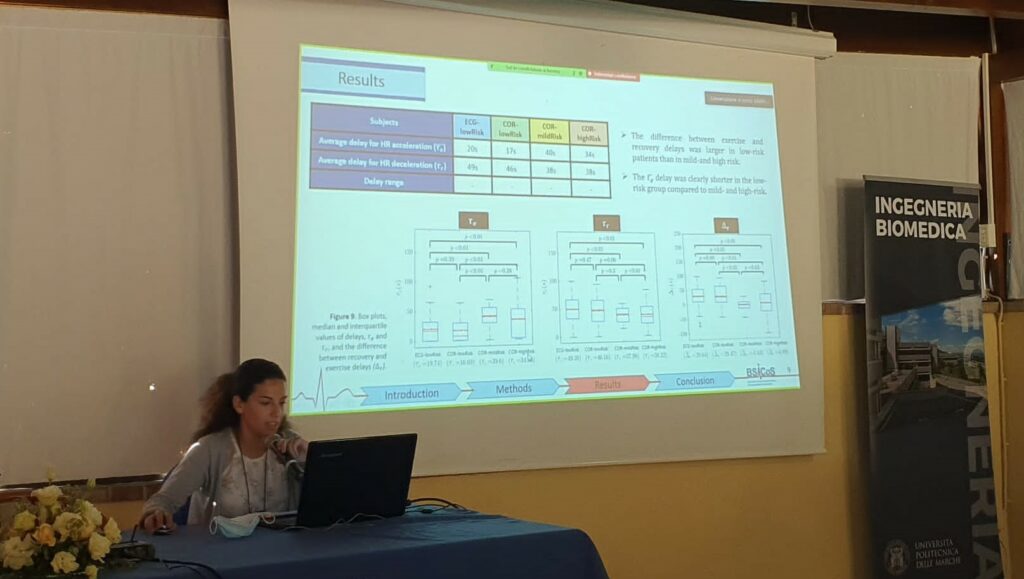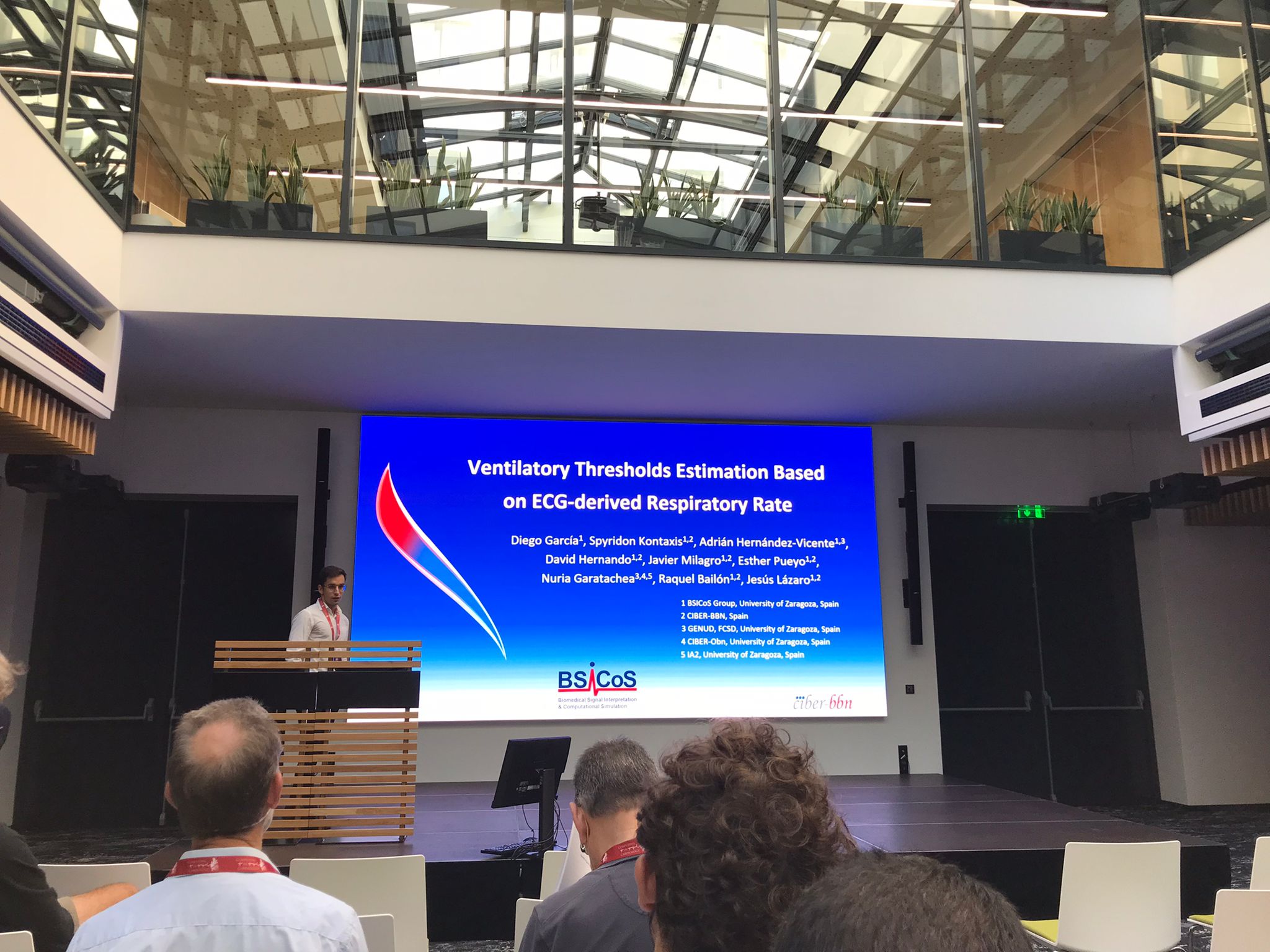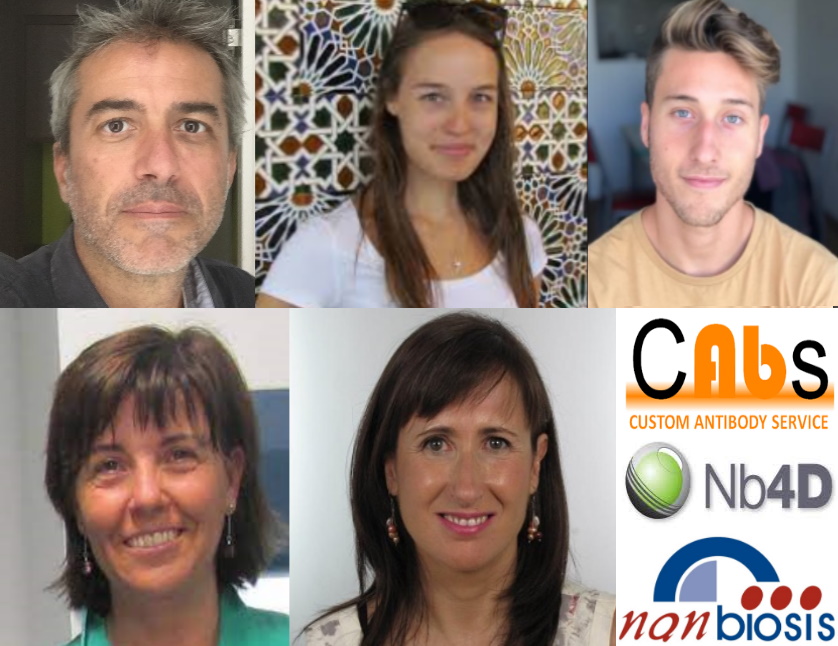Pablo Laguna talking about Physiologically driven biomedical signal processing at the Autonomous University of San Luis Potosí
Zaragoza, October 14th, 2021 Bsicos.i3a.es
Pablo Laguna, Scientific Director of NANBIOSIS U27 High Performance Computing and researcher of BSICoS Group of I3A-UNIZAR and CIBER-BBN gave a talk about Physiologically driven biomedical signal processing at the Faculty of Physics at the Autonomous University of San Luis Potosí (UASLP) in Mexico. He explaned how biomedical signals convey information about biological systems and can emanate from sources of as varied origins as electrical, mechanical or chemical.
In particular, biomedical signals can provide relevant information on the function of the human body. This information, however, may not be apparent in the signal due to measurement noise, presence of signals coming from other interacting subsystems, or simply because it is not visible to the human eye. Signal processing is usually required to extract the relevant information from biomedical signals and convert it into meaningful data that physicians can interpret. In this respect, knowledge of the physiology behind the biomedical measurements under analysis is fundamental. Not considering the underlying physiology may lead, in the best case, to processing methods that do not fully exploit the biomedical signals being analyzed and thus extract only partially their meaningful information and, in the worst case, to processing methods that distort or even remove the information of interest in those signals.
Biomedical Signal Processing (BSP) tools are typically applied on just one particular signal recorded at a unique level of the functional system under investigation and with limited knowledge of the interrelationships with other components of that system. In most instances though, BSP can benefit from an analysis in which more than one signal is evaluated at a time (multi-modal processing), different levels of function are considered (multi-scale processing) and scientific input from different disciplines is incorporated (multi-disciplinary processing). For each problem at hand, the BSP researcher should decide up to which extent information from a number of signals, functional levels or disciplines needs to be incorporated to solve the problem.
As an example, a multi-scale model may be necessary in cases where, for instance, a deeper knowledge of the cell and tissue mechanisms underpinning alterations in a body surface signal is required, whereas a simplified single-scale model may be sufficient in other cases, as when investigating the relationship between two signals measured on the whole human body. At present, there are many biomedical signals that can be acquired and processed using relatively low-cost systems, which makes their use in the clinics very extensive. In particular, non-invasive signals readily accessible to physicians are increasingly being used to improve the diagnosis, treatment and monitoring of a variety of diseases. The presentation aims to illustrate the role played by BSP in the analysis of cardiovascular signals. A set of applications will be presented where BSP contributes to improve our knowledge on atrial and ventricular arrhythmias, the modulation of cardiac activity by the autonomic nervous system (ANS) and the interactions between cardiac and respiratory signals.
